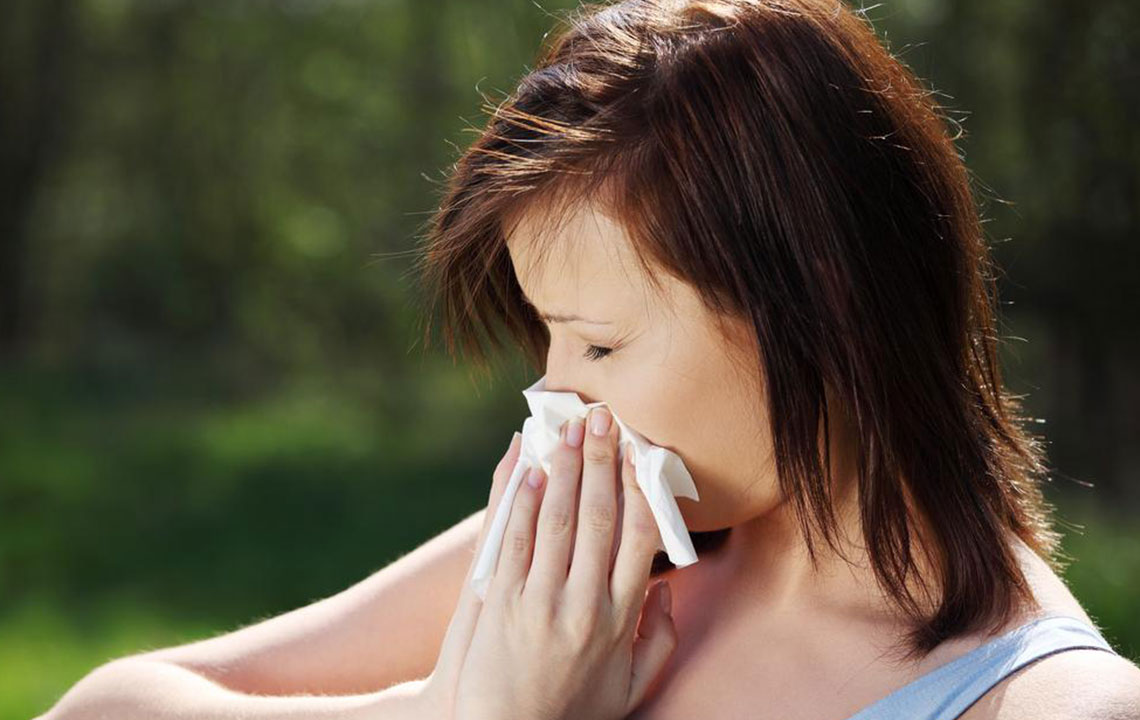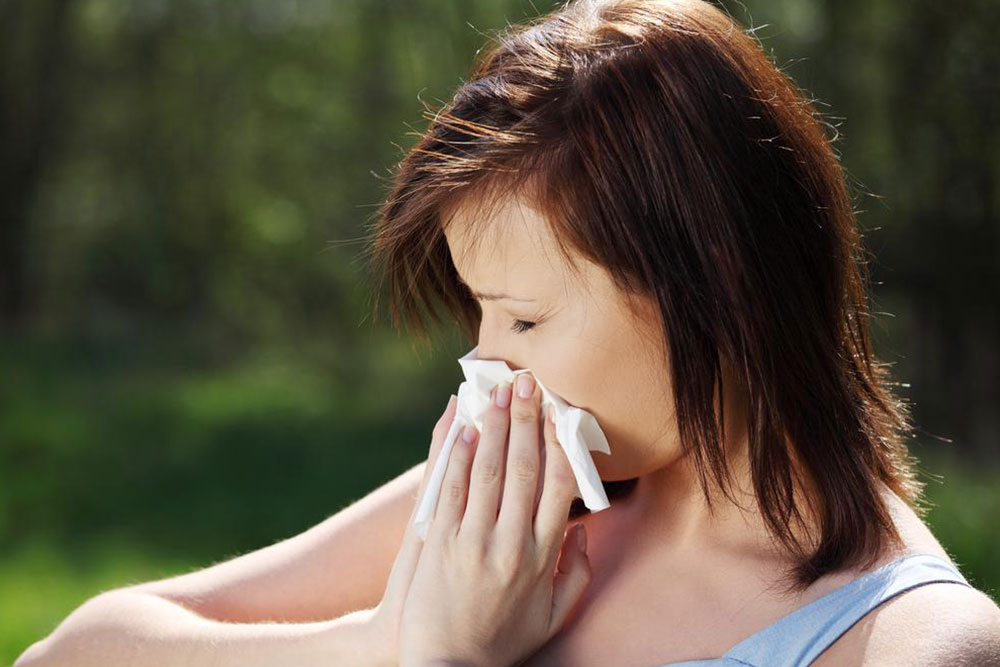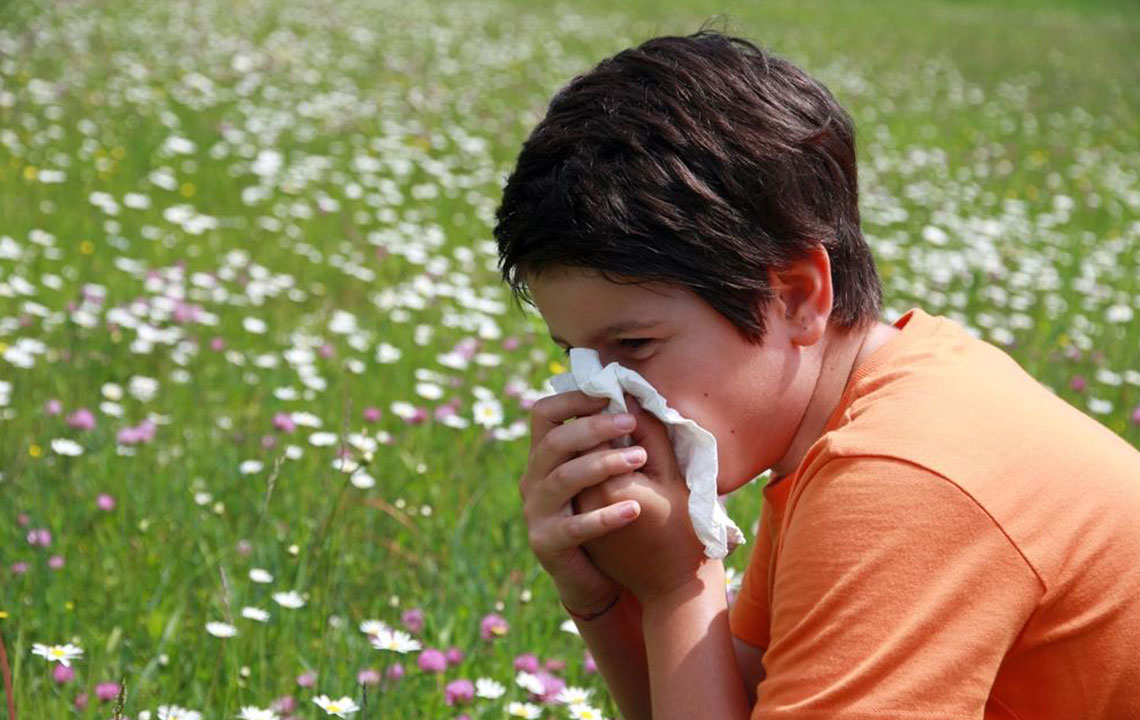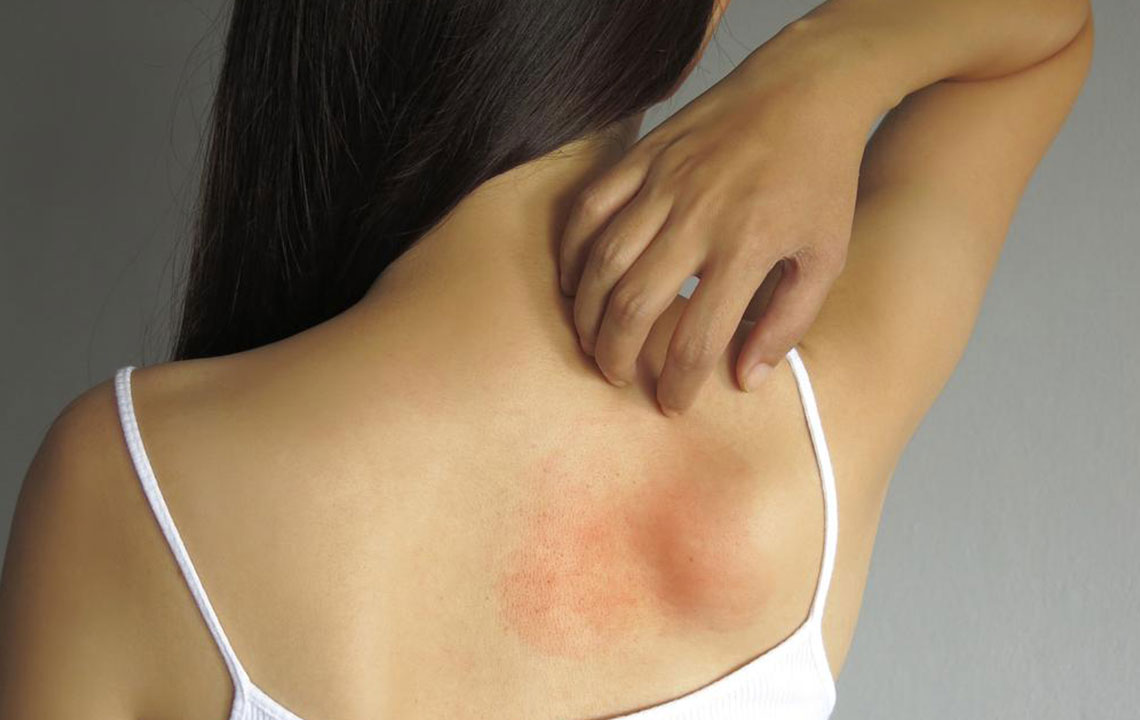Essential Guidelines for Identifying and Managing Mold Sensitivity Symptoms
Learn to identify the key signs of mold sensitivity and discover effective strategies for managing and preventing mold-related health issues. Early detection can improve your well-being and reduce allergy symptoms caused by mold exposure indoors and outdoors. This comprehensive guide emphasizes the importance of environment maintenance, medical advice, and proactive measures to combat mold sensitivity effectively.

Essential Guidelines for Identifying and Managing Mold Sensitivity Symptoms
Mold sensitivity is a common yet often overlooked health concern that can significantly affect your quality of life if not identified early. Many individuals unknowingly suffer from symptoms caused by exposure to mold spores, especially during seasons with increased humidity and moisture. Recognizing the key signs of mold sensitivity is crucial for timely intervention and effective management to prevent long-term health issues.
Molds are microscopic fungi that flourish in damp, poorly ventilated areas, making homes, workplaces, and outdoor environments potential breeding grounds. The presence of mold spores in the air can trigger allergic reactions in sensitive individuals, leading to a range of uncomfortable and sometimes debilitating symptoms. Awareness and understanding of these signs are essential steps toward safeguarding your health.
Understanding mold and its growth patterns can help in early detection. Mold spores are airborne, making inhalation the most common route of exposure. When these spores settle on damp surfaces within enclosed spaces, mold can proliferate rapidly, compounding allergy symptoms. Often, molds grow unnoticed in hidden areas such as behind walls, under carpets, or inside ventilation ducts, making detection challenging without proper inspection.
Since mold spores are present throughout the year, allergy symptoms can recur any time, but they tend to worsen during and after rainy or humid weather. Sensitive individuals may experience reactions upon inhalation, leading to typical allergy signs like nasal congestion, sneezing, and itchy eyes. The immune system's overreaction results in histamine release, producing the familiar symptoms associated with allergies.
Individuals experiencing persistent symptoms such as watery eyes, nasal congestion, or frequent sneezing should seek medical advice. Recognizing the early signs can help in implementing effective strategies for treatment and prevention. Common indicators of mold sensitivity include:
Frequent nasal congestion and sneezing episodes
Itchy, watery, or red eyes
Postnasal drip or sore throat
For those with respiratory conditions such as asthma, mold exposure can exacerbate symptoms, leading to chest tightness, coughing, and breathing difficulties. Children are also vulnerable to indoor mold exposure, which can manifest as similar allergic reactions. Extended exposure may result in additional symptoms like fatigue, difficulty concentrating, joint discomfort, or general respiratory problems, underscoring the importance of early detection.
Educating yourself about these symptoms enables proactive management. Regularly inspecting your environment for signs of mold—such as a musty smell, discoloration, or visible patches—is vital. If mold is detected, immediate remediation, such as cleaning affected areas and improving ventilation, is crucial. Additionally, eliminating sources of dampness, fixing leaks promptly, and using dehumidifiers can significantly reduce mold proliferation.
Consulting healthcare providers specializing in allergies or respiratory health is recommended for persistent symptoms. They may perform allergy testing to confirm mold sensitivity and prescribe appropriate treatments, including antihistamines or nasal sprays. Implementing mold prevention strategies alongside medical treatment can vastly improve your quality of life and minimize health risks associated with mold exposure.
In conclusion, awareness of mold sensitivity symptoms and their early detection are key to maintaining good health. By understanding how mold affects the respiratory system and recognizing the signs, you can take effective steps toward creating a healthier indoor environment. Addressing moisture issues and maintaining cleanliness are the foundation for mold prevention, helping you avoid potential health complications and ensuring general well-being.





